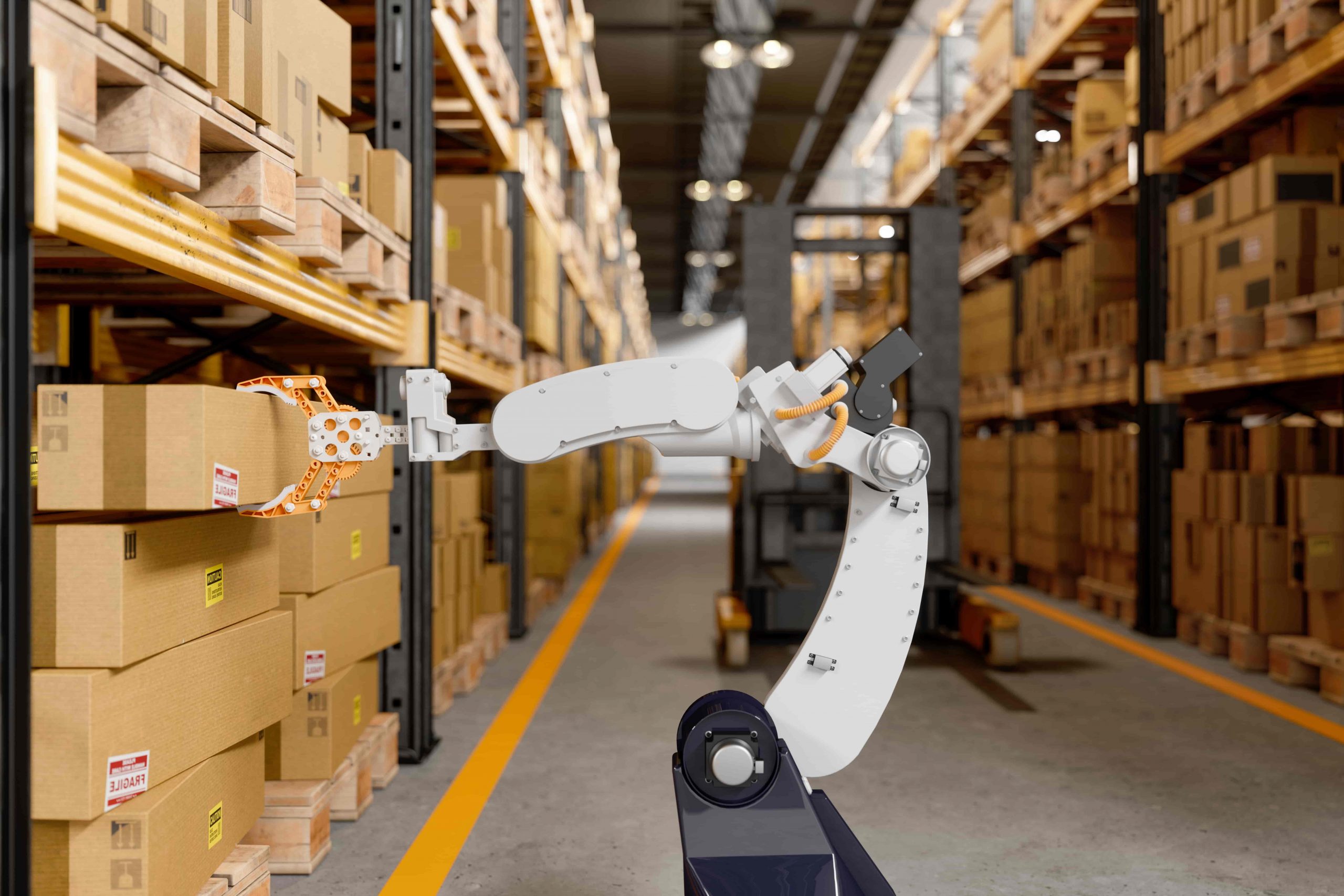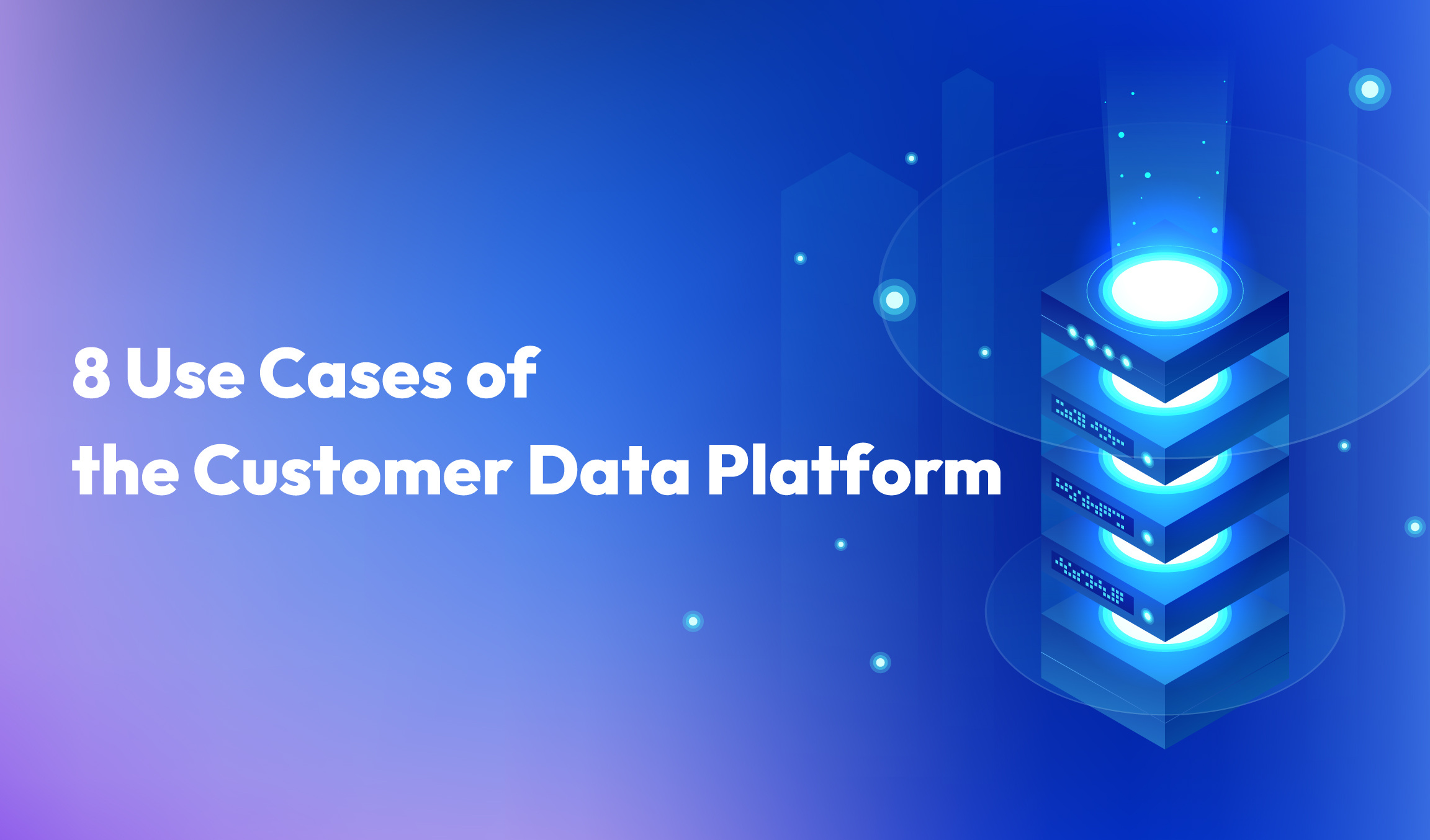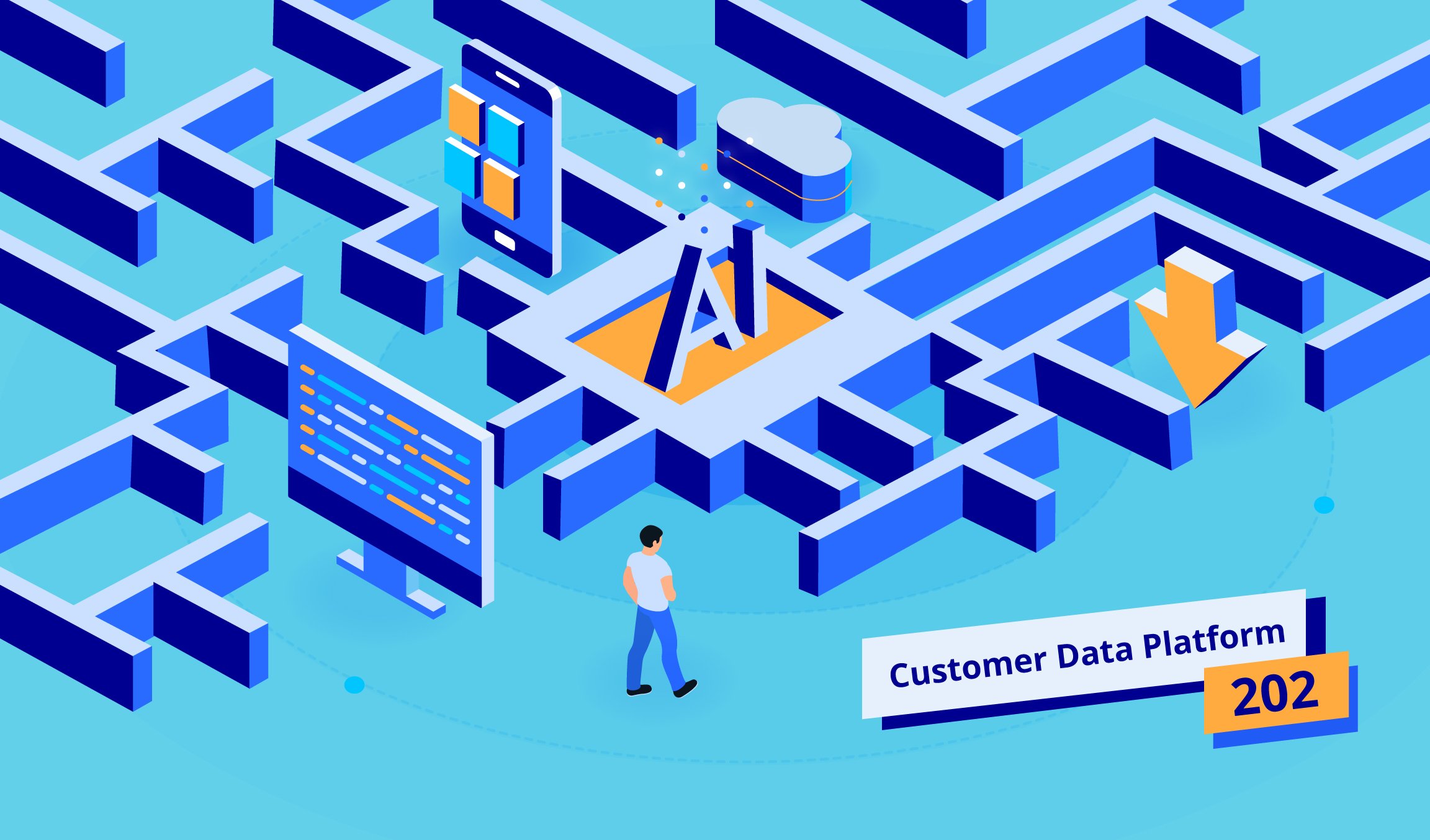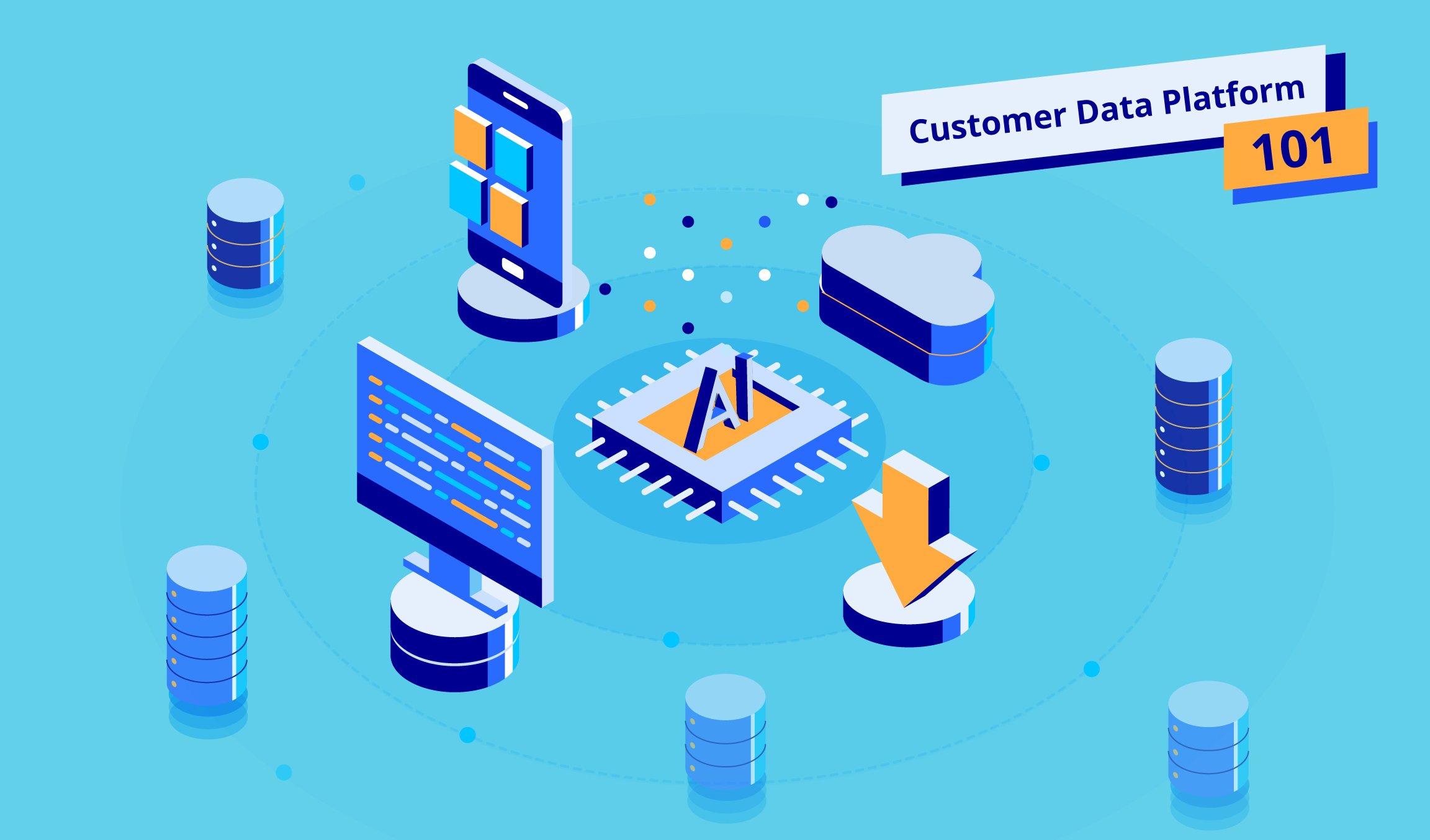4 min read
Author | Dr. Min Sun, Chief AI Scientist, Appier
The concept of digital transformation is not new, and businesses of all types and sizes have been under pressure to keep up with the pace of technological change for the past several years. However, the global pandemic of 2020 has caused many organizations to speed up their plans and shift quickly with regard to digital-first operations.
Retail is one industry that has had to make significant changes to how it meets the needs of consumers in light of the pandemic, but the transformation in the industry was already well underway. Retail has seen several phases of transformation over the past 70 years or so, from the rise of the department store to the rise of the supermarket, and then into mass production which led to the introduction of chain stores such as 7-11. We’re now in the fourth retail revolution, driven by e-commerce led by companies such as Amazon and Alibaba. A major element of this phase has been the use of technology not just to better meet and anticipate the needs of consumers, but also to make all parts of the retail supply chain more efficient. We are seeing an increased use of data to better manage the three main components of retail: the store (or site), the merchandise and the customers.
AI is the key to make this data work. AI can uncover patterns and insights faster and more effectively than humans can, because it can take an extremely broad view of huge data sets in a way that humans simply cannot do manually. You can orient AI towards a concrete goal, such as analyzing the complexities of the customer journey. AI also has the capability not just to analyze numeric and text data, but also what we might call ‘sensory’ data, such as visual cues from customers as they browse products.
AI is a general-purpose technology and can be used in different ways throughout the retail chain. One area of retail where AI has been used for some time is digital marketing, mostly because this is one area of business that consistently collects a lot of data. For retail marketers, first, they focus on acquisition. Al can aggregate online and offline data for a holistic view of the customer and use AI to find people with the intent to interact with a product.
Next is engagement. Successful engagement means sending the right user the right information at the right time, on the right channel, and via the right device. This is an extremely daunting task for humans to take on, not least because they would only have the resources to reach very few groups of users through a limited set of channels. AI can automate user engagement by analyzing all available information to pinpoint the right time to reach out.
From engagement we move to conversion. Here, AI can do real-time analysis of online browsing behavior to determine hesitant customers, so that retailers can provide incentives only to people who are most likely to convert with a coupon or discount. This increases sales while saving a valuable marketing budget, by providing coupons only to people for whom they will make a difference.
Finally, retailers look at customers who have purchased a product or service in the past but have become lapsed or dormant. AI can help to identify these people and then help to reactivate them by using available data to show marketers what messaging or incentives are likely to get them back.
Beyond digital marketing, there are many other ways AI can streamline the entire retail chain. It can analyze data generated during the production process, such as things related to quality control; it can power robotics in the warehouse to make product-picking more efficient and cut down on manpower; it can analyze user shopping patterns to help resource planning; and enhance the customer experience and service stage through the effective use to chatbots.
A few examples include fashion chain Zara, which has used robots for self-checkout, reducing queues at customer service desks; and furniture seller West Elm and apparel retailer Uniqlo which have used AI to suggest the most relevant products to customers using data including facial expressions. Additionally, US pharmacy chain Walgreens has used AI to track the purchases of anti-viral and cough and cold medications to track the spread of seasonal flu, helping not only to manage inventory but also provide information to the community. Finally, improvements in natural language processing (NLP) mean that AI is now much better at modeling true human replies than its predecessors. This means that we should see improvements in automated customer service across multiple languages, allowing brands and retailers to serve more customers more quickly leading to higher customer satisfaction.
Data and AI can also help to plan for different consumption scenarios from online to offline. AI has seen great breakthroughs in the area of reinforcement learning, which can identify a better allocation of resources. This is particularly important when managing the fast-changing situation of the global pandemic. Reinforcement learning looks at which actions software should take in a given environment or situation to result in a positive outcome. For businesses, this breakthrough can support an improvement in areas that involve resource allocation such as manpower, inventory, vehicles, storage, and so on. Companies that have a logistics component such as delivering or transporting goods (eCommerce companies, food delivery providers, etc), have typically made resource allocation decisions by looking at current patterns and past experience. However, by adding reinforcement learning, these businesses can now predict future resource allocation, ensuring the best action for an anticipated future situation (i.e. more drivers in times of heavy traffic, high demand for certain inventory, etc.)
Data will be the thing to most influence the smart retail era and will affect everything from resource allocation and logistics to user experience and customer service. We’re already seeing the effects, and retailers have felt the urgency in 2020 to shift to digital-first operations. We can expect to see the retail industry continue to pioneer advanced technology adoption not just to recover from the pandemic and adjust to the new normal, but also to make shopping more fun, immersive, and efficient overall.
* The article was originally published in Chinese on TechOrange.



